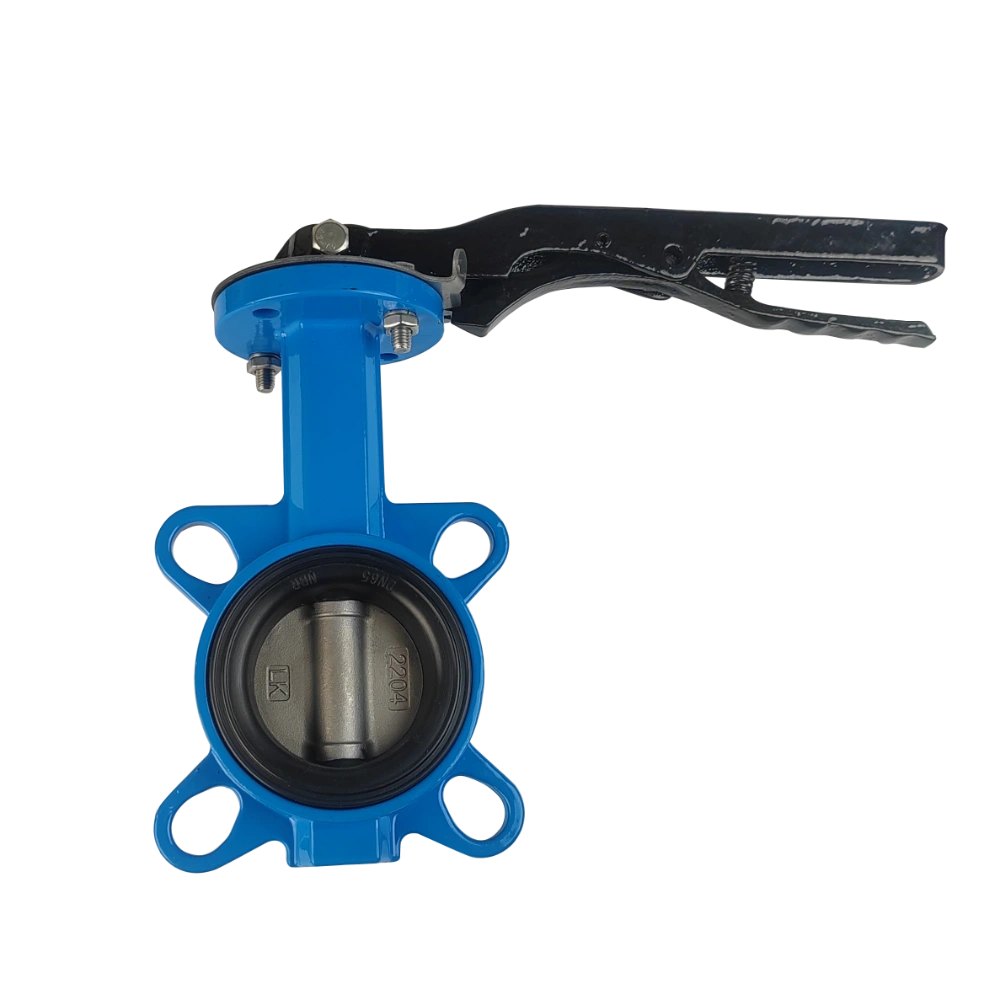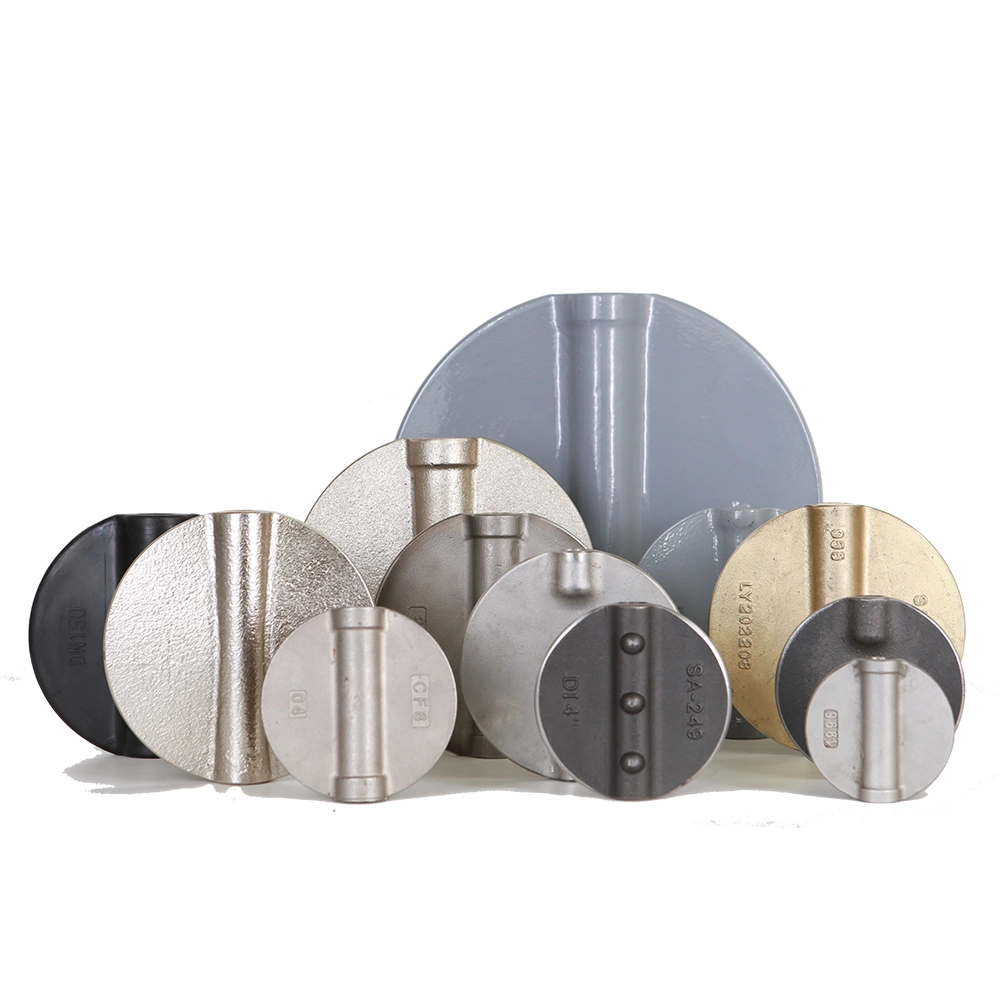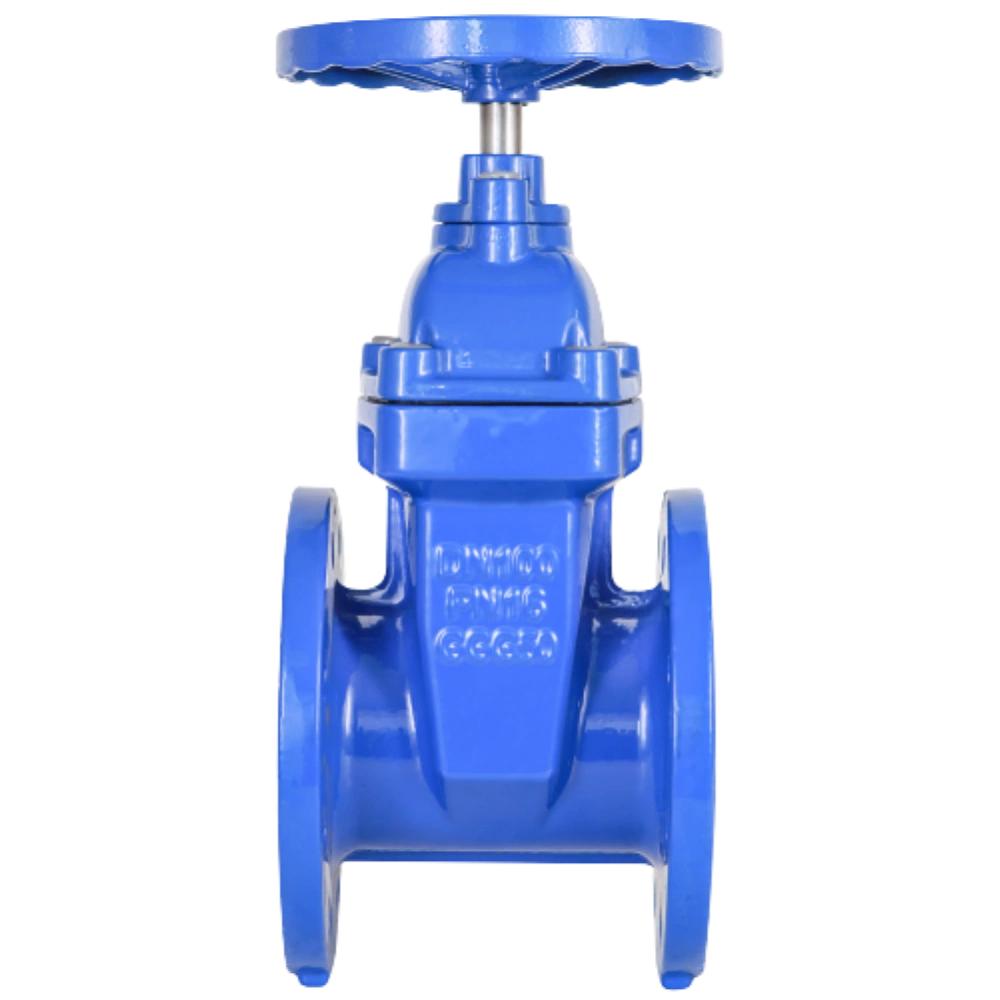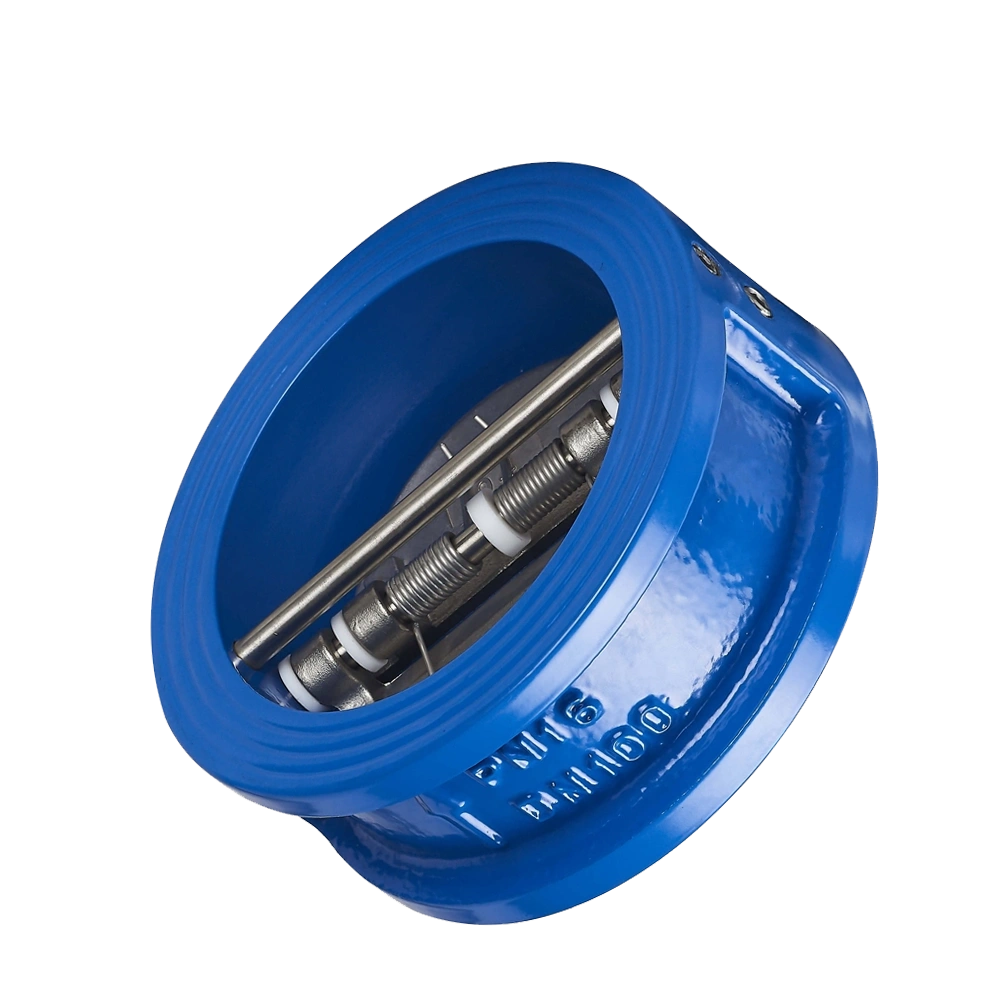The valves are used in pipelines to stop or allow the flow of the fluid or gases. Right? The valve seat is a primary component of the valve. And its durability significantly enhances the overall performance of the valve. Two key materials used in the manufacture of valves are EPDM and PTFE. These two materials differ from each other, sparking debates on EPDM VS PTFE.
Some people consider EPDM a superior option due to its cost-effectiveness. The opposite minds favor PTFE for making valve seats. There is no doubt that both of these materials are widely used in valve seats. In this article, I will discuss and compare these two materials directly. This comparison will help you select the ideal valve seat material for your specific needs.
Overview of EPDM & PTFE For Valve Seats
The valve seat is the sealing surface used in the valves. When the valve is closed, the disc comes into contact with the valve seat’s surface. In this way, the valve disc stops the pathway of fluid flow. The valve seat provides sealing to the disc. As a result, a tight seal remains in the valve disc. Due to this sealing, no leakage happens in the valve.
If the valve seat is robust, it ensures better valve performance with no leakage issues. If the seat is less durable, it will affect the overall performance of the valve. Two common materials used in the manufacture of valve seats are EPDM and PTFE.
EPDM is a synthetic rubber, and it stands for Ethylene Propylene Diene Monomer. Conversely, PTFE (Polytetrafluoroethylene) is a type of rubber belonging to the Teflon family and is considered more durable and heat-resistant. EPDM material is inexpensive, but its downsides include limited chemical and heat resistance.
These plastics and rubber-based materials are very popular for making valve seats. The EPDM is very flexible and soft and can undergo deterioration quickly. However, its price is very low, which makes it a good option for budget-friendly valves. You should use such valve seats in valves designed for low-pressure conditions.
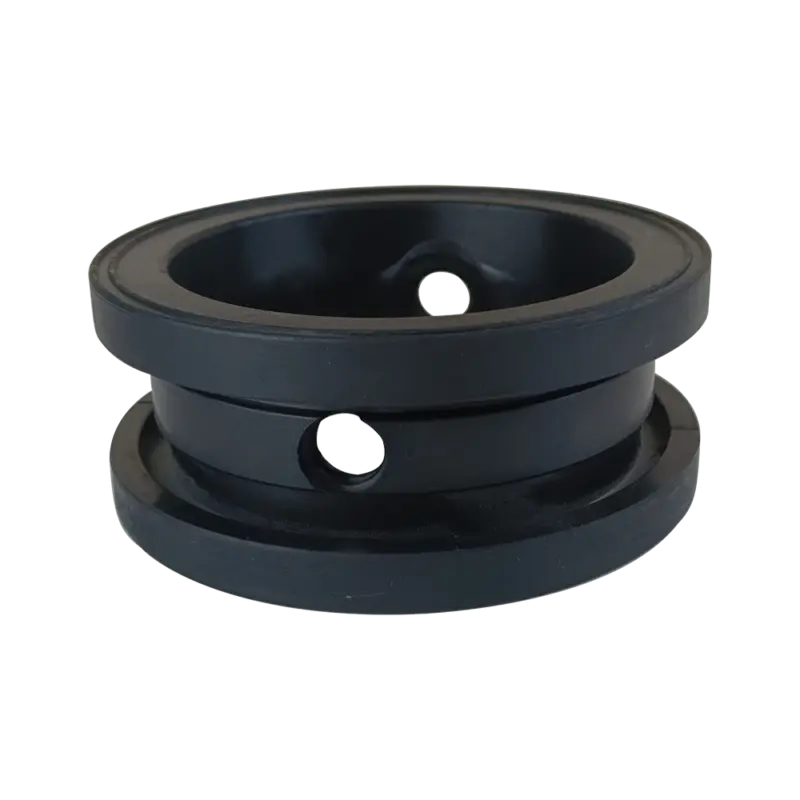
PTFE, on the other hand, is strong, durable, and heat and chemical-resistant. Its usability is ideal for valves to be used in high-pressure conditions. This material can also withstand the harshest temperatures and environmental conditions. Remember, valve seats are fundamental components of a valve. Therefore, it is crucial to select the right material for the valve seat to ensure better durability.
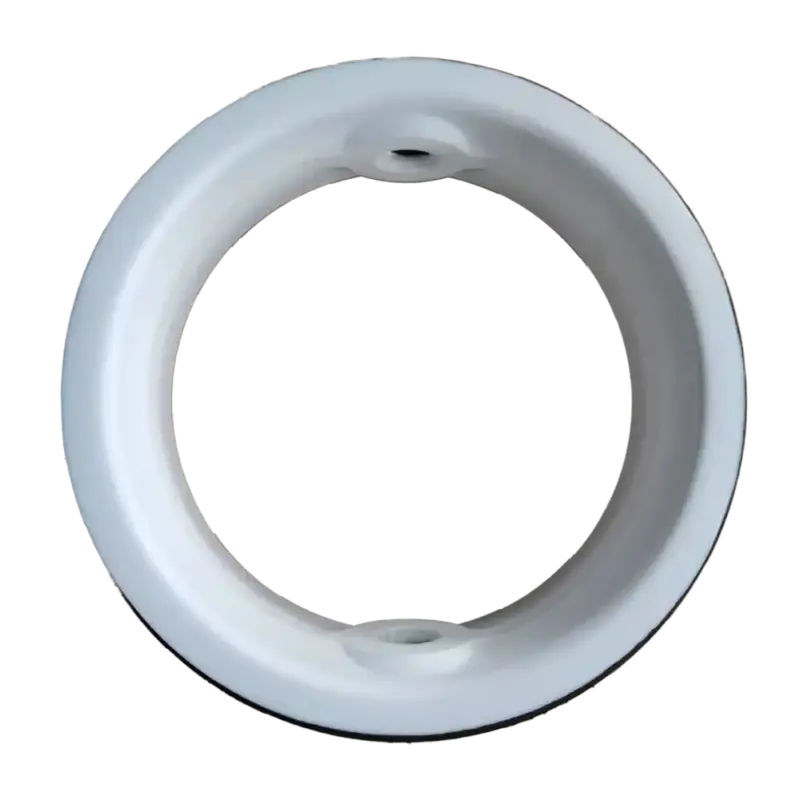
EPDM VS PTFE: What Is the Difference?
As I said earlier, the valve seat is the primary component in all the valve types. So, its durability and overall strength play a key role in improving the valve’s performance. Remember, valve seat durability directly depends on the material it is made of.
In the section below, we will discuss the differences between the two key materials used for valve seats. Those distinctions will help you understand which valve is suitable for your needs:
1- Materials Types
As mentioned above, EPDM is a synthetic rubber that is soft and very flexible. It gets pressed when the disc comes on its surface. This material is less costly and easily absorbs vibration produced when high-pressure fluid is in the pipelines. Due to its soft nature, this material is less durable and is only suitable for use in water and streams.
On the other hand, PTFE is a type of plastic that is very rigid and cannot be compressed. When the valve disc comes into contact with it, it does get pressed. It is non-sticky and falls under the Teflon brand name. However, it is more heat- and chemical-resistant. The valve, which consists of PTFE seats, is used in high-end applications. Those include acid, corrosive chemicals, or solvents.
2- Durability & Lifespan
The EPDM is a type of rubber that is very soft and fragile. It compresses when the valve disc comes into contact with it. This consistent pressing and compression cause deterioration in these materials. Therefore, its durability is not something that you would like. It can only last a few months if used in harsh conditions. With proper care, it would last for one to two years.
On the flip side, the PTFE material is rugged and highly durable. As I said earlier, this material is plastic and very rigid. Therefore, it does not undergo compression when the valve seat comes into contact with it. Moreover, it is resistant to high pressure, temperature, and acidic solutions. All these factors make it very durable. It can last for several years due to better durability.
Quick Highlight: PTFE is inert and does not react with any other chemicals. It is from the Teflon family, so it is nonsticky, which is another plus. These two factors further improve its durability. Even if you use this material in harshest conditions, it won’t react with passing chemicals. This ensures that the valve with a PTFE seat will have a better lifespan.
3- Temperature Range
As I mentioned earlier, the EPDM material is less heat-resistant. It can withstand temperatures ranging from -40°C to around 150 degrees Celcius. When the temperature exceeds this limit, the material begins to deteriorate. It can either crack or completely break, affecting the valve’s performance. Therefore, it is a suitable option only for low-pressure air, gas, hot water, and steam.
On the other hand, PTFE material is known for its resistance against harsh environments. It can withstand temperatures between -200°C and 260°C, and this material works best in both summer and winter when the temperature is at its extremes. Therefore, I consider this valve seat material to be the best for cryogenic applications.
4- Chemical & Wear Resistance
The EPDM valve seat material is not very chemical resistant. These materials start to swell and crack if used in conditions where harsh chemicals are present. It is soft and can quickly deteriorate. Moreover, it’s more prone to tearing and abrasion due to its softness and elasticity.
Therefore, this material is only suitable for water, streams, and mild acids. On the contrary, the PTFE material is robust and inert and does not react with chemicals. It is compatible with oils, fuels, strong acids, and hydrocarbons. Moreover, it is rigid and lacks flexibility. Due to this, it is less wear-resistant and can last for years.
5- Seal Tightness
When it comes to seal tightness, I consider EPDM material a superior option. Why? Because it is very soft and can undergo compression easily. When the valve discards this material, it compresses and conforms to the surface irregularities. In this way, it can perfectly maintain contact with the valve disc. There remains no small space that would allow the leakage.
The softness of this material takes its seal tightness to the next level. On the flip side, PTFE is rigid and does not perfectly conform to the surface impression when the valve disc comes on it. As a result, those imperfections, in the long run, can cause leagues. The valve disc should be pressed with high force to remove those surface imperfections. If the disc does not close forcefully, those irregularities of the surface will affect seal tightness.
6- Cost & Applications
The EPDM material is very inexpensive and readily available. Therefore, manufacturers used to make the valve seat. Moreover, its excellent seal-tightening feature makes it stand out. On the other hand, the PTFE material is premium, rigid, and only used in high-end valve seats. It offers excellent temperature resistance, durability, lifespan, and overall wear resistance.
Remember, the low price of EPDM comes with some drawbacks. This valve seat material cannot resist high temperatures and abrasive chemicals. The EPDM is used for applications where pressure and temperature are low to moderate. The PTFE material is heavy-duty, and its valve seat is suitable for use in harsh conditions.
Here is a table showing applications of these valve seat materials:
| Uses of EPDM-based Valve Seats | Uses of PTFE-based Valve Seats |
| Water treatment plants | Chemical processing plants |
| HVAC systems (Heating, Ventilation, Air Conditioning) | Pharmaceutical manufacturing |
| Steam and hot water systems | Food and beverage processing |
| Plumbing and sanitation systems | Oil and gas industry |
| Fire protection systems | Laboratory and medical equipment |
| General-purpose low- to medium air and gas valves | High-temperature and high-pressure applications |
Which Material, EPDM or PTFE, is Best For Valve Seats?
There is no one answer for all. The selection of these valve seat materials depends on individuals’ needs and preferences.
You should choose EPDM valve seat material if your budget is tight. Valves with this material seat are inexpensive and typically last for several years. Their performance won’t impress you in harsh conditions. For optimal performance, choose a PTFE material. Despite its higher upfront cost, it will provide top-notch heat, chemical, and wear resistance.
Remember, these valve seats are present in butterfly and other types of valves. If the seat material is durable, it improves the overall performance of the valve and vice versa. Both of these materials come with their unique pros and cons. If your usage is short-term, consider using EPDM valve seat material.
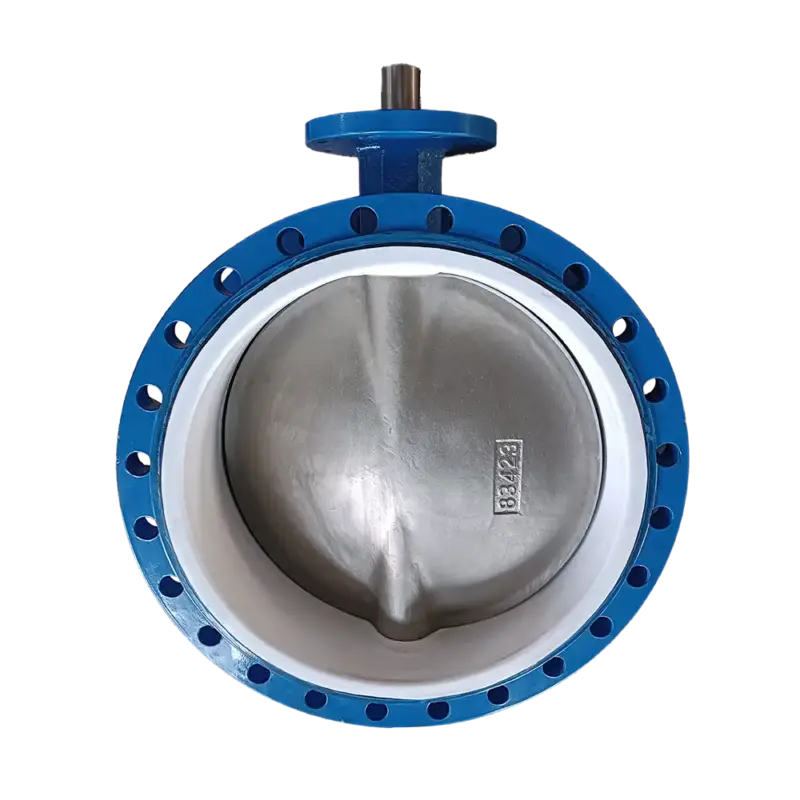
However, I don’t recommend this material if you prefer performance. The PTFE material is considered premium due to its rigidness. It can last for several years, even in harsh conditions. Remember, it can withstand chemicals, extreme temperatures, and other environmental conditions. You should choose this material if you want the best long-term performance.
Frequently Asked Questions
What is the best material for valve seats?
Both PTFE and EPDM materials are suitable for valve seats. However, I consider EPFE as a superior option due to its better heat and chemical resistance.
What is the difference between PTFE and EPDM valve seats?
PTFE material is rigid plastic, while EPDM is soft rubber. PTFE can withstand high pressure, temperature, and abrasive chemicals and last longer. The EPDM is an inexpensive option, but its long-term performance is not satisfactory when used to make valve seats.
Which is better: EPDM or PTFE?
Both of these materials come with unique pros and cons when used in valve seats. However, PTFE offers better performance by resisting extreme temperatures, chemicals, and harsh conditions. However, the higher price of PTFE material can be a deal breaker for some customers. EDME is inexpensive, but its performance is not as good as you get with PTFE valve seat material.
Conclusion
Generally, choosing two equally good materials can be confusing. Right? However, when it comes to EPDM VS PTFE, things are not very cloudy. Both of these materials come with unique characteristics and properties. Moreover, their suitability differs, as EPDM is suitable for short-term solutions. It can be used for hot water streams and mild acidic solutions.
However, PTFE is known for its top-notch performance. This material is widely used in valve seats due to its multiple properties. Those include its heat, chemical, and wear resistance. The valve consisting of this material serves better and longer. So, both of these materials are good, but their selection should be made after analyzing one’s individual needs.

